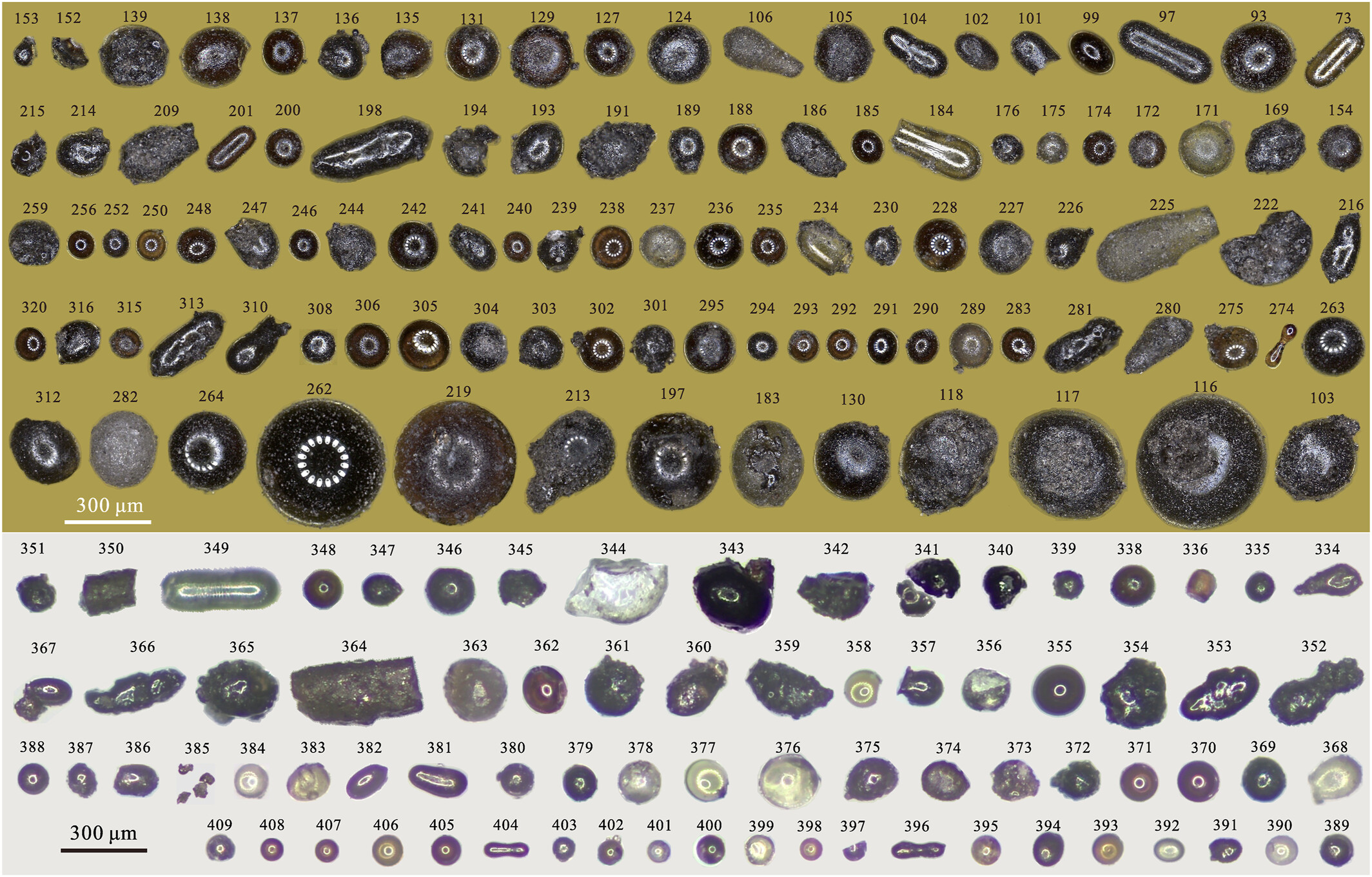
Glass beads scooped up on the far side of the Moon during the Chang’e-6 mission.
Credit: Yan, Xiao, et al. JGR Planets https://doi.org/10.1029/2025JE008945
AGU News
Register for Ocean Sciences Meeting in Glasgow, 22-27 February 2026
Staff, freelance and student journalists, press officers and institutional writers are eligible to apply for complimentary press registration. Book conference hotels early! [media advisory][OSM26 Press][eligibility guidelines]
AGU joins COP30 Ocean Pavilion
AGU is teaming up with leading ocean science and stakeholder organizations to host the Ocean Pavilion at COP30 in Belém, Brazil, bringing ocean science insights, ethics, and community-driven solutions to the heart of global climate policy. Media are invited to cover key announcements, expert panels, and the launch of the Belém Ocean Declaration. [press release]
Featured Research
Asthma stemming from vehicle pollution disproportionately impacts children of color in California
California kids attending public schools in vulnerable areas — with higher populations of students of color, lower educational attainment and poverty — are exposed to more fine particulate pollution (PM2.5), mostly due to traffic. These schools were statistically closer to highways, where vehicle pollution was the highest. The study attributed 562 new cases of asthma per 100,000 schoolchildren to PM2.5 exposure in 2016. That’s equivalent to 34,537 new asthma cases in California. But socially vulnerable children were at higher risk and the racial disparity was the strongest, with 209 additional cases per 100,000. The highest rates of asthma attributable to fine particulate pollution was in the South Coast and San Joaquin Valley areas of California. [GeoHealth study]
On the far side of the Moon, meteors left glass beads scattered across the ground
Colorful glass beads likely formed during meteor strikes were found on the far side of the Moon. The pearl-like beads give scientists insight into the speed and age of the impacts and the minerals of meteors. The miniature melted rock baubles are part of the returns from mission Chang’e-6 to collect loose gravel, sand, and any other sediment that collected on the ground of the more mysterious side of the Moon for the first time ever. The beads were older than those previously collected on the near side of the Moon and contained more exotic material that was adhered to the surface of the beads. [JGR Planets study]
Health of Pakistan lakes dips and rises mainly following temperature and rain
Three lakes in the Islamabad region in Pakistan that provide drinking water for nearby cities have been altered by urbanization and climate change. A new study tracked the last 30 years of various health markers for the different lakes, including plant coloring and moisture levels. They found the lakes were highly dependent on the climate, shifting wildly depending on the temperature and the rainfall of the year. Understanding how the climate impacts these lakes can help for future planning as climate change leads to temperature increases and rain patterns alter from historical norms. [GeoHealth study]
Chicago soil maps childhood lead exposure risk
Researchers combined soil measurements and public health data to identify areas where children may be exposed to unsafe levels of lead in the dirt. They found that around 27% of children city-wide were at risk for elevated levels of lead in their blood. Percentages rose in at risk communities to as high as 57%. [Eos Research spotlight][GeoHealth study]
Tectonics and climate are shaping an Alaskan ecosystem
Biogeochemical research reveals the web of forces acting on a high-latitude microbe community in the Copper River Delta. [Eos Research spotlight][AGU Advances study]